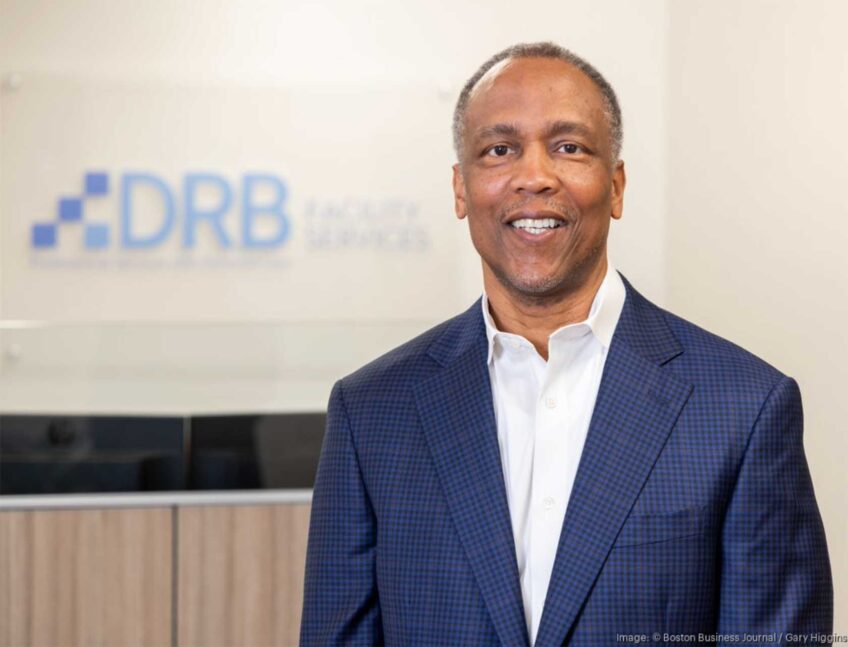Last Wednesday, the Federal Reserve System took on a fundamental aspect of inequality in the United States economy — structural racism.
The Federal Reserve Banks of Boston, Minneapolis and Atlanta on Oct. 7 co-hosted the kickoff event of their “Racism and the Economy” livestream series, which brought together experts on economic justice and culminated in a discussion between the three bank presidents moderated by Marketplace radio show host Kai Ryssdal.
The Federal Reserve System, which is the central national banking system, was created after the financial panic of 1907 to stabilize the U.S. economy by maximizing employment, stabilizing prices and moderating long-term interest rates. Its purpose has grown since then, perhaps most notably to include regulating banks.
With predatory lending, consumer fraud and “banking deserts” in communities of color, the American banking system has had a long history with racial disparities, but the Fed has largely been silent on the role structural racism plays in the economy.
Until now, that is.
Raphael Bostic, the first Black president of the Federal Reserve Bank of Atlanta, kicked off the event.
“Our intention for these sessions is decidedly solution-oriented and focused on actions that might be taken to reduce the effects of racism,” he said. “Much of our time will be spent over the next several months hearing from speakers who have concrete ideas on ways to reduce the effects of racism.”
There will be seven events held over the course of the next few months, he noted, focusing on education, housing, criminal justice, health, wealth and financial services, and employment.
Bostic emphasized that the Fed intends to “do a lot of listening” during the series. And though this is only a short series, he has high hopes for its reach.
“Our goal is to focus on root causes rather than symptoms, and spark conversations that hopefully spur leaders in the public, private, and nonprofit sectors to take actions to increase racial equity and justice,” he said.
Bostic then introduced Angela Glover Blackwell, the event’s keynote speaker and founder of PolicyLink, an institute committed to the advancement of racial and economic equality for all. She spoke about the poignancy of this moment and why it took COVID-19 in conjunction with the murder of George Floyd and the subsequent Black Lives Matter protests to spark conversations of racial equality across sectors and industries.
“We’re seeing for the first time as a nation the interconnectedness between suffering that happens in communities of color because of racism and its impact on their health and well-being, including the health and well-being of the economy,” she said. “And then, because of COVID-19, more people were home to watch the murder of George Floyd on the news. That conversation really put race on the front burner.”
To her, the need for this Federal Reserve series is clear.
“They are tied together,” she said. “Racism has really been about the economy, and the economy has fueled racism.”
The event concluded with a discussion among the presidents of the Boston, Minneapolis and Atlanta Federal Reserve banks moderated by Ryssdal. They discussed the intersection of race in their work, what they can do to address racism in the economy, and what the Fed is doing to increase diversity within their own banks.
Eric Rosengren, president of the Federal Reserve Bank of Boston, explained that the data on racism in the economy already exists. One example he gave was in loan application approval and interest rates.
“We did a study 30 years ago at the Boston Fed and found that only race could describe the disparities,” he said. “We need to continue to look at that data, look at those patterns and see if there’s anything we can do through policy to alter these outcomes.”
Bostic added that there is a basic knowledge of the financial system that is not circulated in communities of color.
“The day that the Fed said we were going to buy mortgage-backed securities, white homeowners refinanced at a very high level, whereas black homeowners didn’t finance at all, and that gap became extremely wide,” he said. “One of the things that we’ve invested in is trying to get information in the hands of consumers so that when they have resources, they can use them and make decisions that place them in a stronger position.”
In terms of diversity within the Fed, the general sentiment was that while it is making some efforts, there is more to be done.
Neel Kashkari, president of the Federal Reserve Bank of Minneapolis, explained that when he came on board in 2016, he was given a stack of reports complaining of a lack of diversity and inclusion in the bank.
“I’m proud to say that we’ve doubled the diversity of our officer corps in the four-and-a-half years that I have been here, from around 12% to around 25%. That now reflects the diversity of the metro area that we are recruiting from,” he said.
Looking forward to what work the Fed can do to dismantle structural racism in the American economy, Bostic echoed the need for creative solutions voiced throughout the event.
“When I think about what creativity means, I think about how we can touch different parts of the economy in new ways,” he said. “This series, I think, is a creative thing. Nothing like this has ever happened in the history of the Fed, talking about race.”






